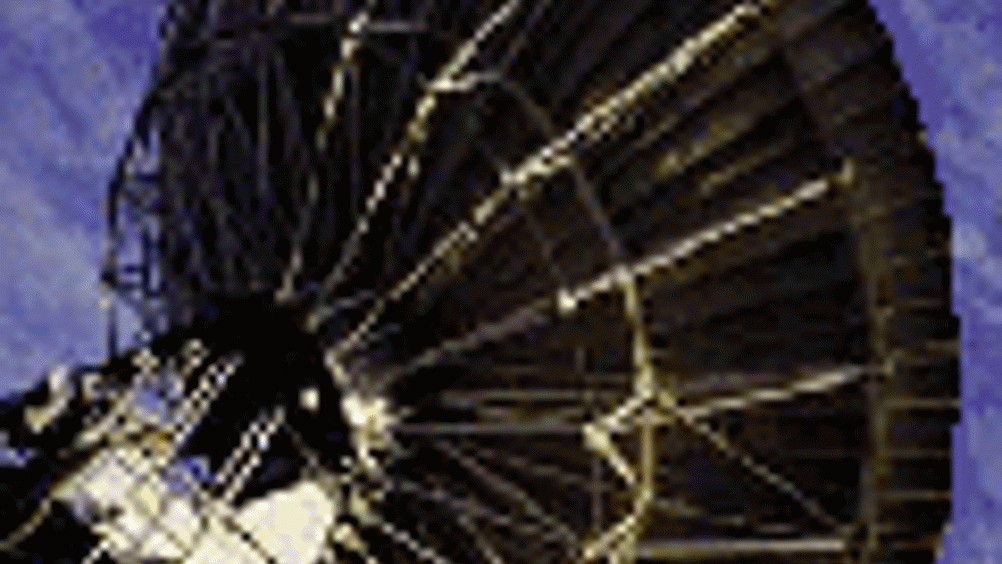Satellite link

Boeing has demonstrated the ability of the Transformational Satellite Communications System (TSAT) to link from one satellite to another using a laser beam in a simulated space environment.
The demonstration, performed in cooperation with the Massachusetts Institute of Technology Lincoln Laboratories (MIT/LL), marked the third of four planned laser communication milestone demonstrations.
Boeing says TSAT is designed to provide the secure, long haul, high capacity backbone and full Internet-like functionality for US forces to ensure that they have information superiority in any situation throughout the world.
MIT/LL tested the Boeing hardware for performance and compatibility with the US government's new Lasercom Interoperability Standard, as well as the performance readiness of Boeing's TSAT optical modems. MIT/LL rated the free-space optical link operation at speeds of up to 40 gigabits per second, which enables the broadcast of 3,000 simultaneous high-definition TV channels, or about 15,000 regular TV channels, in each direction.
Register now to continue reading
Thanks for visiting The Engineer. You’ve now reached your monthly limit of news stories. Register for free to unlock unlimited access to all of our news coverage, as well as premium content including opinion, in-depth features and special reports.
Benefits of registering
-
In-depth insights and coverage of key emerging trends
-
Unrestricted access to special reports throughout the year
-
Daily technology news delivered straight to your inbox










Water Sector Talent Exodus Could Cripple The Sector
Maybe if things are essential for the running of a country and we want to pay a fair price we should be running these utilities on a not for profit...